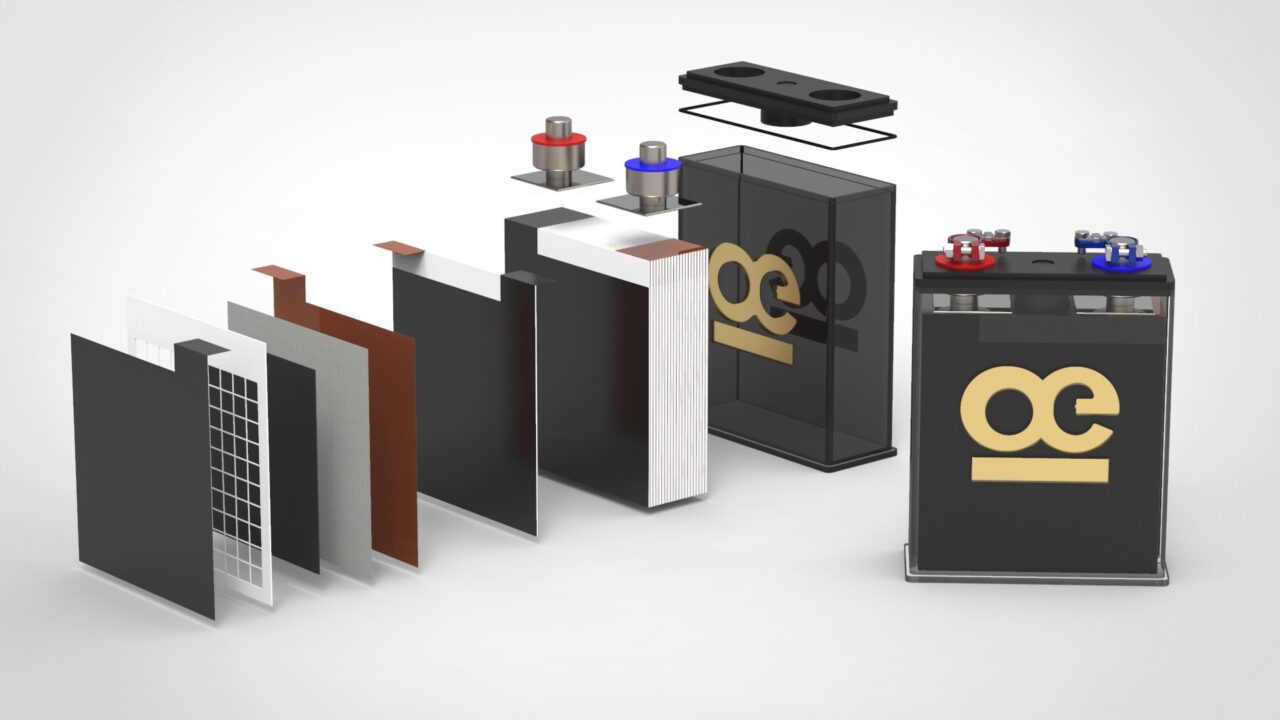The POWER Interview: Chemistry Crucial for Global Growth in Energy Storage
Credit to Author: Darrell Proctor| Date: Thu, 23 Feb 2023 23:59:30 +0000

The global market for energy storage is driven by several factors, with power producers continually looking for ways to improve their storage systems and enhance performance.
Battery technologies for energy storage are becoming more important as project developers look for ways to control costs and optimize battery energy storage systems (BESS). Advancing technology supports lowering the cost of BESS installations, as new systems can store more energy for longer periods.
Storage also supports grid integration for renewable energy resources, offering a way to offset the intermittency of wind and solar power. That’s among the reasons that researchers worldwide are focused on new battery chemistries for energy storage; battery chemistry has been a prime topic of discussion at POWER’s annual Distributed Energy Conference, part of Experience POWER week.

Tejas Kusurkar, co-founder and CEO of Offgrid Energy Labs, a zinc-based battery technology company headquartered in India and with a U.S. office in San Francisco, California, recently shared insight about his group and the energy storage market with POWER. Kusurkar said his company’s “proprietary ZincGel chemistry battery leverages abundantly available raw materials and existing infrastructure to bring down the cost and performance of energy storage. Offgrid Energy Labs offers a safe, sustainable and cost-effective solution designed for both stationary [storage] and mobility applications.”
Kusurkar leads product development at Offgrid Energy Labs, overseeing the company’s global intellectual property portfolio. He holds a PhD from the Indian Institute of Technology, Kanpur (IIT Kanpur), where he researched algae-based biofuels. His experience across technologies includes graphene synthesis, supercapacitors, and dye-sensitized solar cells. Prior to starting Offgrid Energy Labs, Tejas established the BIRAC-BioNest facility at the Startup Incubation and Innovation Center at IIT Kanpur.
POWER: The current decade has been called “The Decade of Energy Storage.” Three years in, is that accurate? Do you think growth in energy storage will continue, and if so, at what pace? If you think growth will slow, why?
Kusurkar: Let us share our perspective on this from the lens of the India growth story. India is the fifth-largest economy in the world with GDP (gross domestic product) growth north of 8% in 2022 while much of the world struggled with market shocks. The consumer base is rapidly expanding and so are its energy needs.
We see the demand for energy storage growing steadily for the next two to four years, and then hitting an inflection point. Energy storage growth goes hand-in-hand with the global energy transition. India has an ambitious plan to install 500 GW of renewable energy by 2030, which will enable the country to meet 50% of its energy requirements through renewables. Alongside the adoption of electric vehicles in the coming years, it will be a challenge for grid operators to ensure grid reliability and supply constant quality power.
Energy storage systems (ESS) are an imperative part of emerging energy mix, primarily as a mechanism to maintain grid security and address the intermittency of renewable energy to a large extent. Batteries for power backup applications is a major market among stationary applications. While market mechanisms are expected to incentivize the adoption of ESS, regulatory and industry foresight will be key drivers to accelerating growth to a hockey stick curve.
POWER: What are the current major challenges for the energy storage sector?
Kusurkar: There are a several challenges faced by the energy storage industry—legacy technology that doesn’t scale with current demand and applications; commercial viability of storage relative to the cost of energy generation; meeting the forecasted demand for energy storage, especially in a world that is seeing rapid transition from conventional to renewable sources; and emerging needs such as those of electric vehicles. Further, the number of distinct types of applications of ESS systems has increased drastically, with system requirements having variability in system capacity, storage duration, temperature stability, and so on.
However, the foremost challenge is geopolitical in nature. Procurement of essential materials to develop novel chemistries for energy storage are finite and difficult to access—we saw this play out with petroleum and lithium in the previous generation. Questions of reverse globalization loom large in the supply chain-strained, post-COVID world. Hence, we are seeing the emergence of chemistry mixes derived from more commonly available resources.
POWER: Are there new storage technologies being developed that will support the industry?
Kusurkar: Energy storage technologies span mechanical, electrothermal, thermal, and electrical. Electrochemical storage, i.e. batteries, are seeing significant innovation and new applications. A decade ago, two battery chemistries dominated the market: lead acid and lithium-ion. They have been used across applications—even for suboptimal use cases—because of the seeming lack of options. The one-size-fits-all approach depleted performance and resources.
Today, we are seeing the emergence of alternative chemistries around the world from sodium to iron air to zinc-based electrodes … batteries of all sorts are being reimagined for case-by-case applications. A future grid will require a mosaic of storage technologies and installations to fulfill the diverse needs of a renewables-based electric grid.
We’re excited about the re-emergence of zinc. Zinc was first used to make batteries in the 1800s with the first rechargeable battery being developed by Georges Leclanché in 1866. Refined chemistry and engineering capacities have positioned zinc as a critical component in the long-duration energy storage segment (10+ hours of charge). Companies building zinc-based battery solutions include EOS from the U.S., Gelion from Australia, and our own Offgrid Energy Labs from India.
Furthermore, vanadium redox flow batteries are commercially available; however, the unit economics still pose a significant challenge to scale. Sodium-ion is emerging as another commercially viable solution. Finally, aluminum batteries are a cost-effective alternative although optimal use cases need further validation.
POWER: How important is the siting of energy storage projects? Should they be installed at substations, and/or at various points along the power grid?
Kusurkar: Siting of energy storage projects is a vital part of meeting power needs using renewable energy. Installation models can vary depending on grid topology, the scope of the storage technology used, as well as the requirements of the end user. The siting of energy storage projects also needs to consider factors such as frequency and amplitude of power fluctuations, the required response time, and project cost.
One approach involves large battery banks that can be installed near substations where utility build-own-operate projects might operate. This type of set-up is capital intensive but highly reliable.
On the other hand, energy storage projects can be implemented in a more decentralized manner. Virtual power plants, or VPPs, can leverage existing battery banks with commercial and industrial partners to balance the grid locally. The advantage to this approach is that they are less capital intensive by repurposing existing infrastructure.
POWER: Will there be rapid growth in energy storage for residential, and for commercial and industrial sites? Will utilities drive growth in energy storage, or will more growth come from private (or governmental) investment in storage projects?
Kusurkar: We see the rapid growth in energy storage being driven by commercial and industrial needs. In the context of India, diesel generators, or DGs, are commonly used for power backup. Battery ESS is rapidly replacing DGs given that they are 30% cheaper to operate and have a lower carbon footprint.
Government policies for the energy transition are incentivizing change in the energy storage industry. For example, a Production-Linked Scheme, or PLI, for advanced-cell chemistries was launched by the Indian government in 2022 with the aim of bolstering domestic battery production.
—Darrell Proctor is a senior associate editor for POWER (@POWERmagazine).
The post The POWER Interview: Chemistry Crucial for Global Growth in Energy Storage appeared first on POWER Magazine.